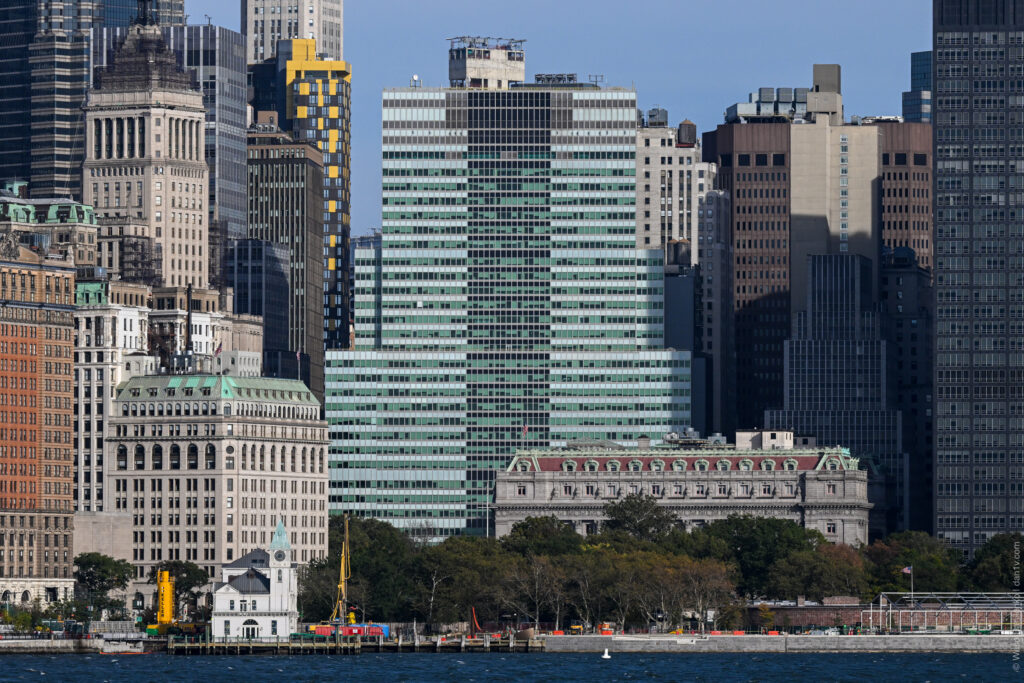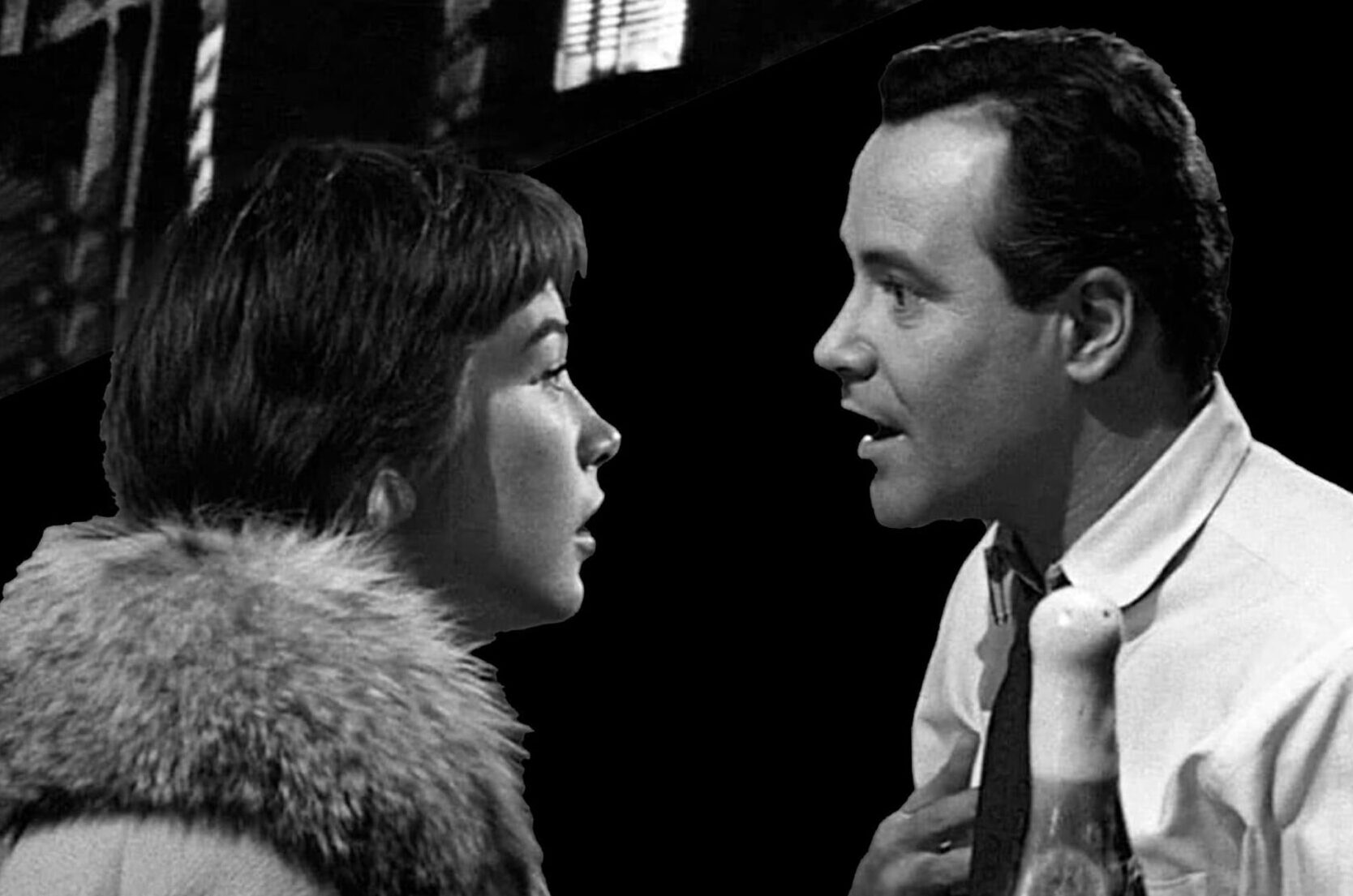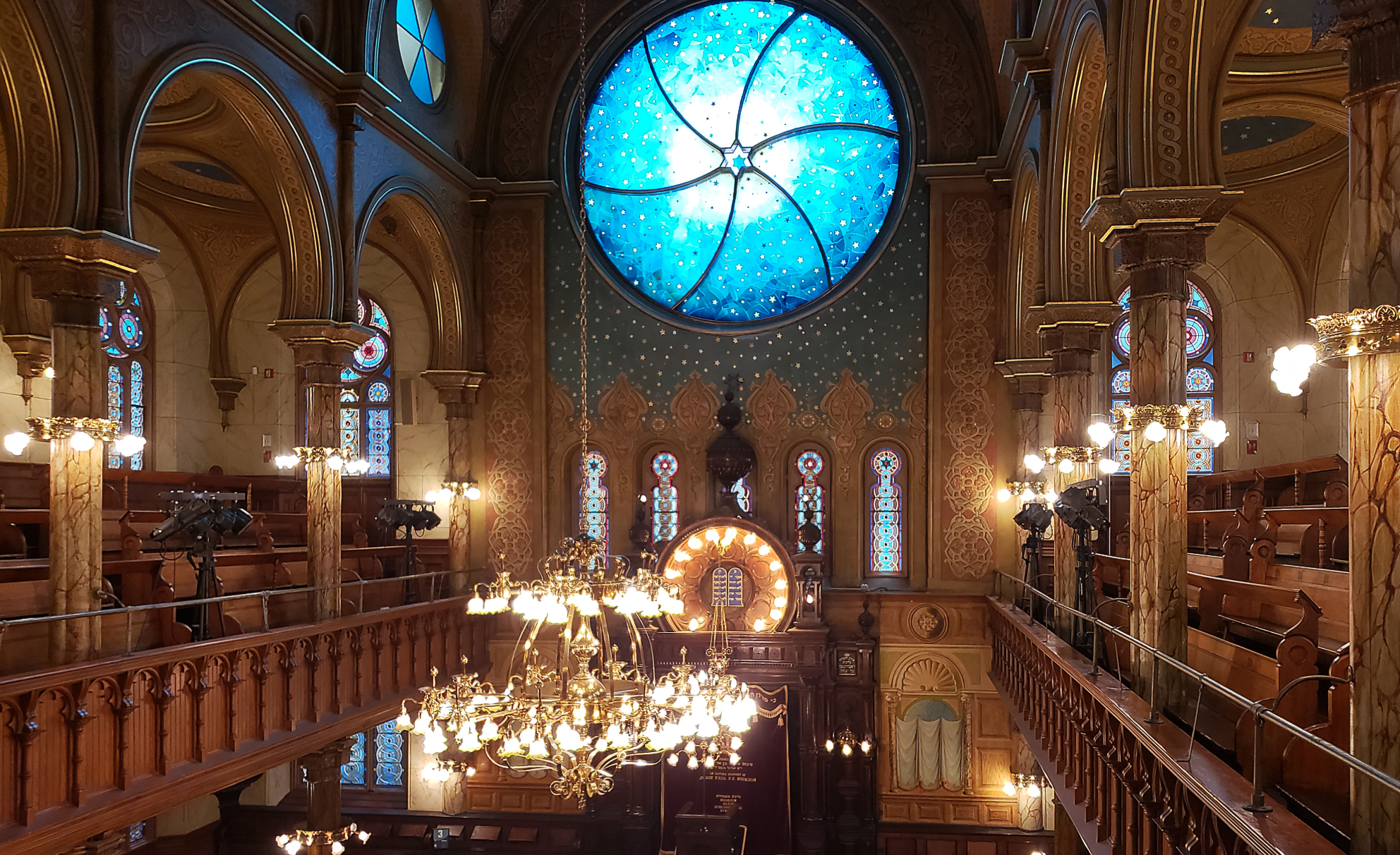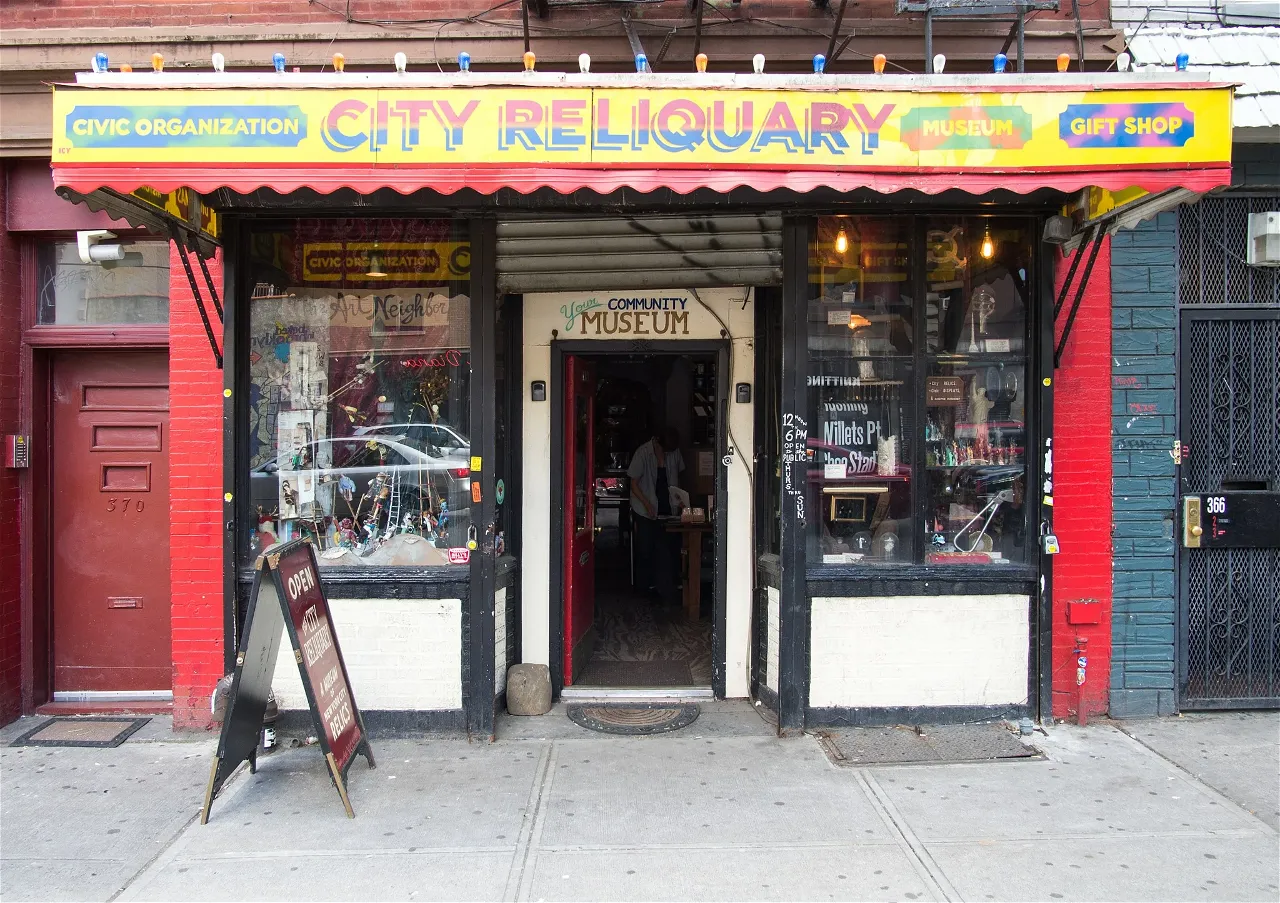Sometimes old movies capture a city better than any modern film ever could. And this one — I think I’ve found the perfect film about New York in the late 1950s. It’s not a drama or noir, but a funny comedy that also immerses you in the everyday life of Americans 65 years ago, full of authentic details and textures of that era.
“The Apartment” (1960) is a lively, witty story about a clerk working in a massive open space office — yes, in 1960! — who rents out his apartment to his bosses in hopes of climbing the corporate ladder.
It’s the perfect mix of humor and the grayness of Manhattan office life at the end of the ’50s: endless rows of desks, identical suits, eternal Mondays — and one lonely man, Baxter. His job is the very symbol of the American corporate dream of that time, when a steady career at a company like Consolidated Life Assurance seemed like the ultimate success.
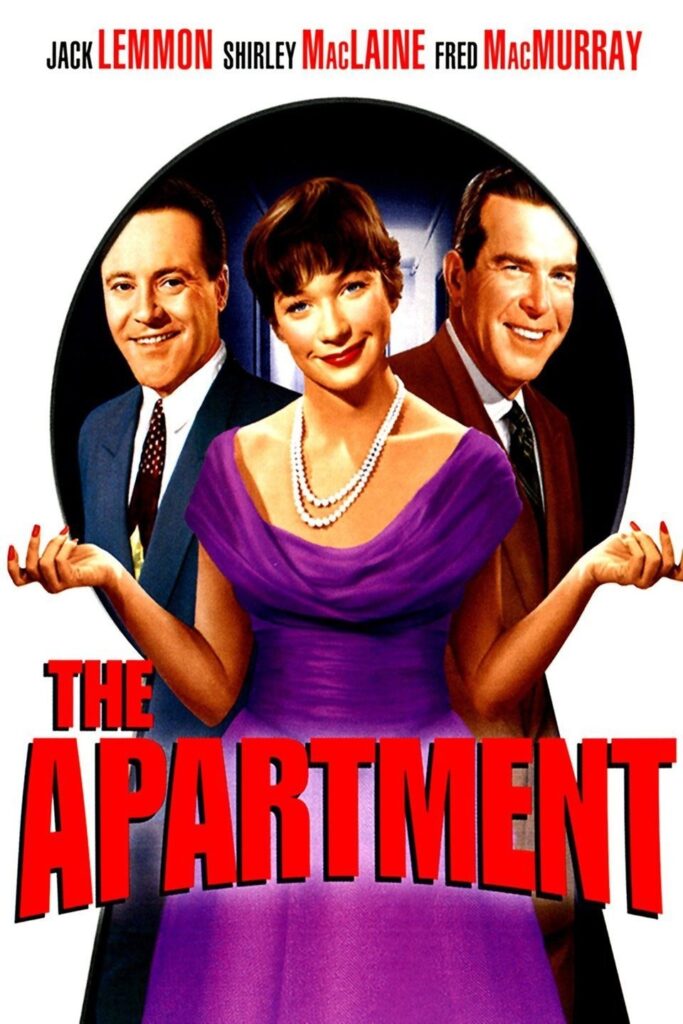
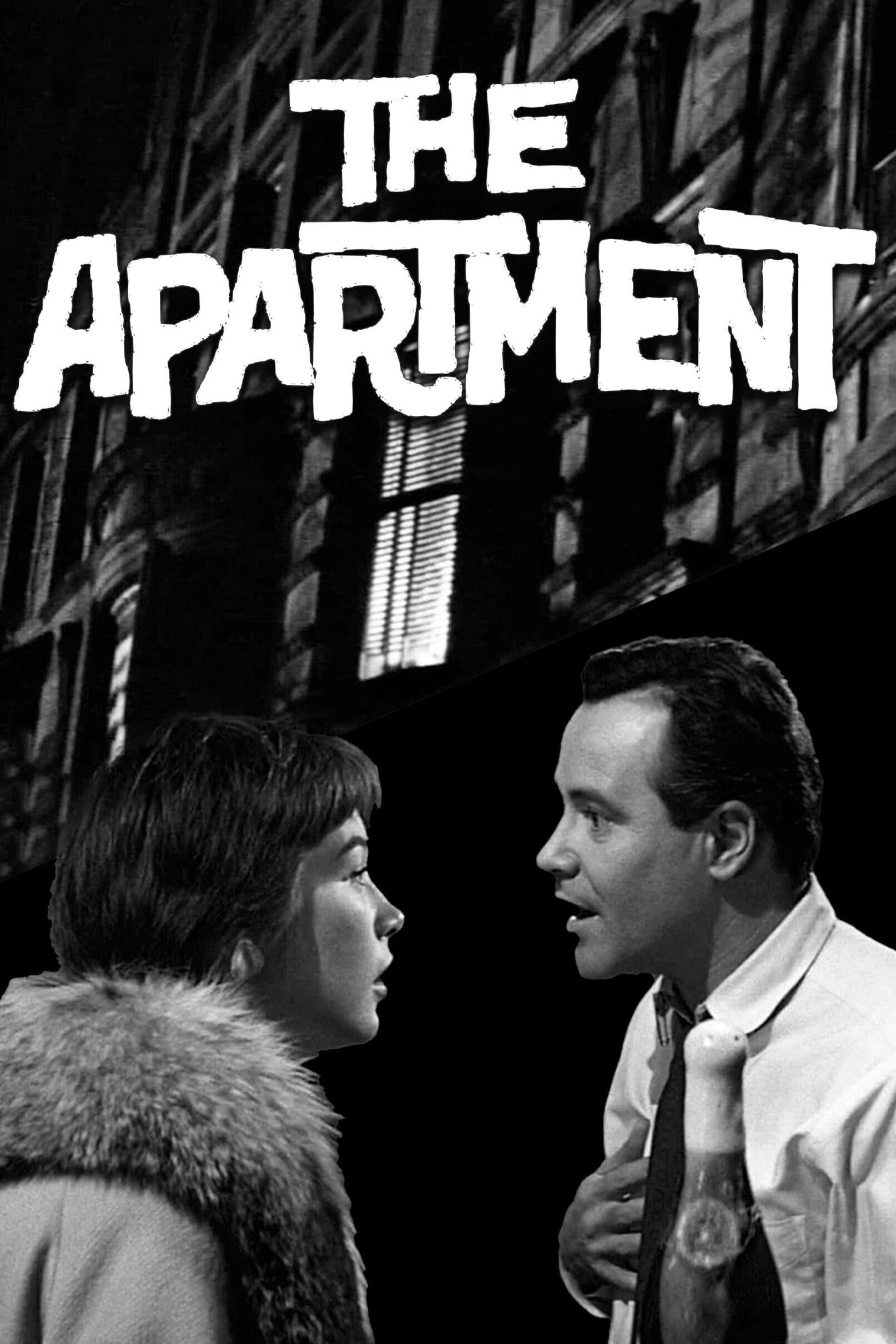
A Real Skyscraper, A Real Era
The film’s main setting is a very real building — 2 Broadway, completed in 1959, just a year before the movie came out. It was one of the first New York skyscrapers built in the International Style, featuring open floor plans without walls — a forerunner of all future open space offices.
If you’ve been to New York, you might recognize it: it stands next to Bowling Green, near the famous Charging Bull sculpture and the National Museum of the American Indian (the former Custom House).
That’s the building you can see in the photo for this post.
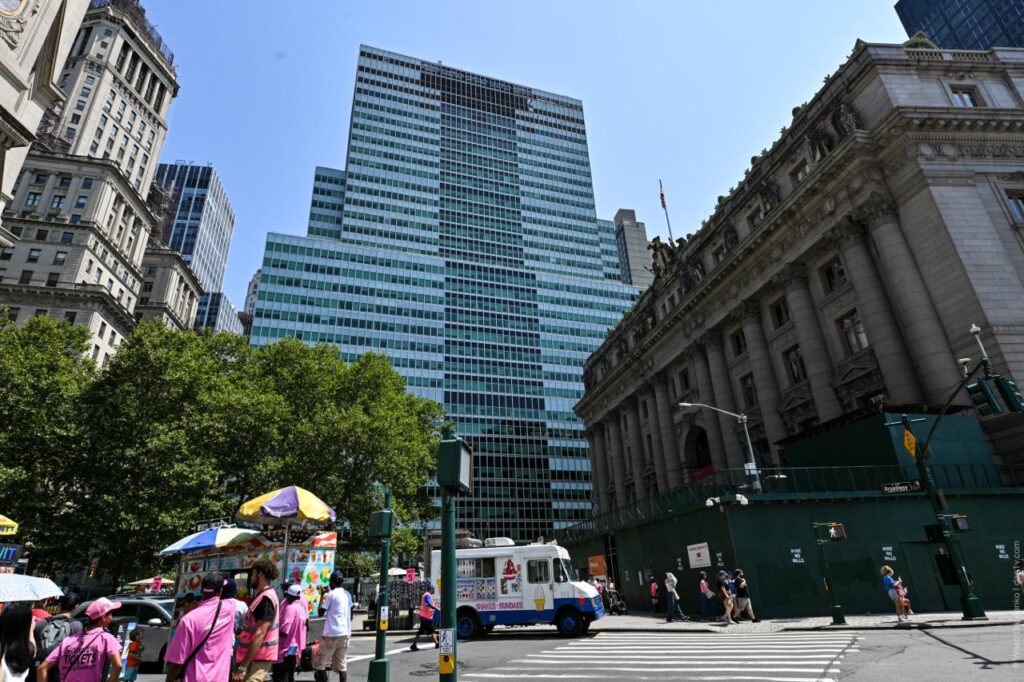
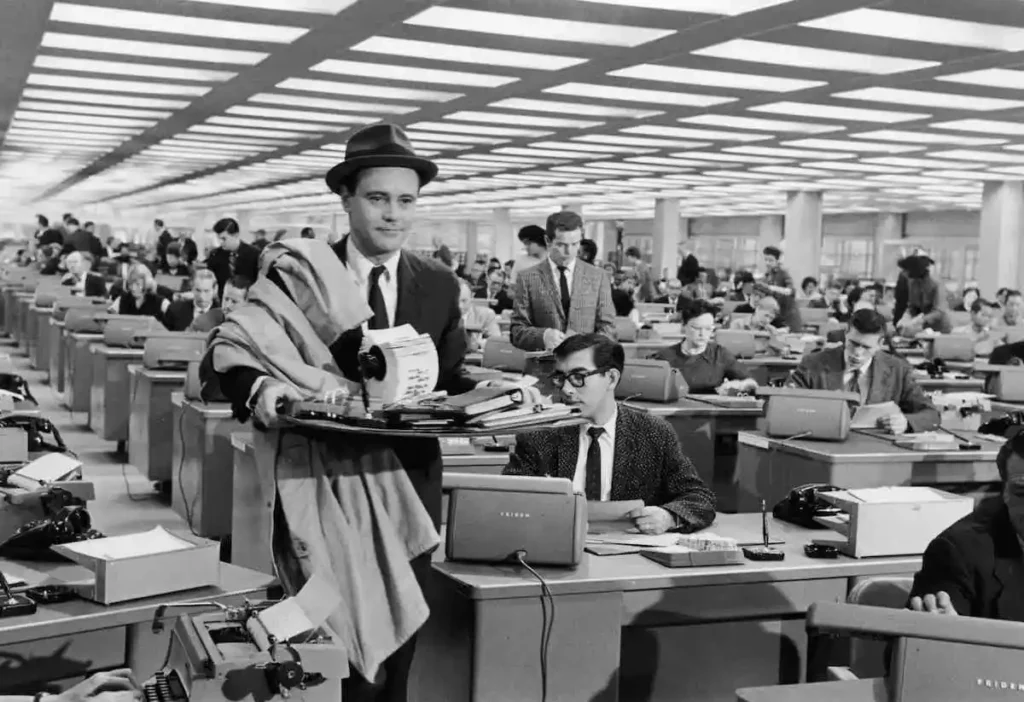
Where the Main Character Lived
Baxter’s apartment was located on the Upper West Side, on West 67th Street, between Central Park West and Columbus Avenue — a neighborhood where many young office workers lived back in the ’50s and ’60s.
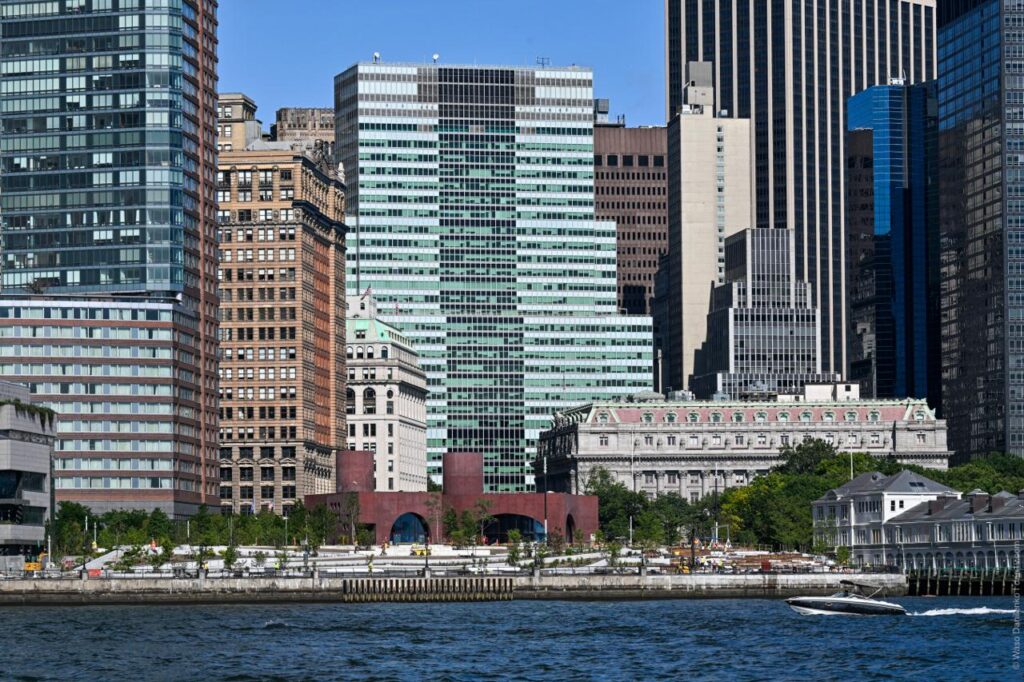
It’s a classic one-bedroom apartment: a tiny living room with a sofa and a fold-down bed, a small kitchen, and a view of the brick building across the street.
The vibe is what you’d call “honest pre-gentrification Manhattan” — peeling wallpaper, thin walls, noisy neighbors, and a radio instead of a television.
In the movie, Baxter pays $85 a month for rent — about a quarter of a clerk’s monthly salary at the time. In 1960, that was considered pricey but fair for a single man in a decent neighborhood.
Adjusted for today, that’s roughly $900–$1,000 a month — which sounds almost like a joke for New York in 2025.
Director Billy Wilder deliberately chose the Upper West Side and this kind of sterile office space to show a man who seems to “have made it” but lives in solitude and routine. Baxter’s apartment reflects a person who has reached the Manhattan of his dreams — but not yet his own dream.
